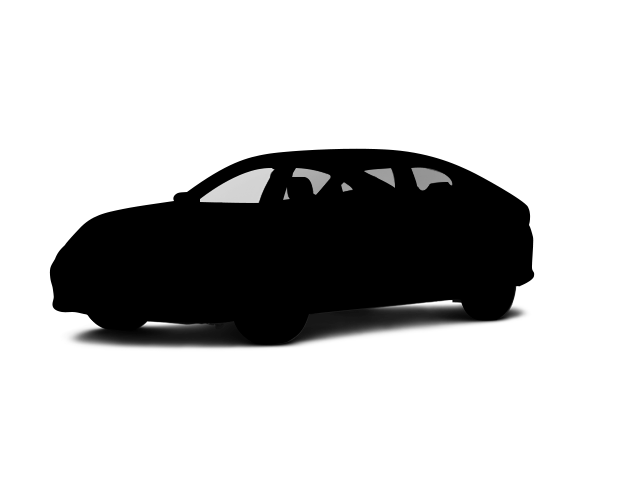For enhanced safety, the front and middle seat shoulder belts of the Lexus RXL have pretensioners to tighten the seatbelts and eliminate dangerous slack in the event of a collision and force limiters to limit the pressure the belts will exert on the passengers. The Kia Telluride doesn’t offer pretensioners for the middle seat belts.
The Lexus RXL has standard driver and front passenger side knee airbags mounted low on the dashboard. These airbags helps prevent the driver and front passenger from sliding under their seatbelts or the main frontal airbags; this keeps them better positioned during a collision for maximum protection. Knee airbags also help keep the legs from striking the dashboard, preventing knee and leg injuries in the case of a serious frontal collision. The Telluride doesn’t offer a front passenger side knee airbag.
The RXL has standard Active Headrests, which use a specially designed headrest to protect the driver and front passenger from whiplash. During a rear-end collision, the Active Headrests system moves the headrests forward to prevent neck and spine injuries. The Telluride doesn’t offer a whiplash protection system.
Over 200 people are killed each year when backed over by motor vehicles. The RXL offers optional Auto Brake that uses rear sensors to monitor and automatically apply the brakes to prevent a rear collision. The Telluride doesn’t offer backup collision prevention brakes.
Both the RXL and the Telluride have standard driver and passenger frontal airbags, front side-impact airbags, driver knee airbags, side-impact head airbags, front wheel drive, height adjustable front shoulder belts, four-wheel antilock brakes, traction control, electronic stability systems to prevent skidding, crash mitigating brakes, daytime running lights, lane departure warning systems, blind spot warning systems, rearview cameras, rear cross-path warning, driver alert monitors, available all wheel drive and around view monitors.

